UMMC spine specialist: Prolonged digital media posture can lead to muscle fatigue
Published on Thursday, April 5, 2018
By: Alana Bowman
If you’re reading this electronic newsletter, chances are you have suffered from “tech neck.”
What is tech neck?
It’s the new term that’s been bouncing around the World Wide Web to describe the head-forward, shoulders-hunched, curved-upper-back posture tech-savvy humans are prone to display while consuming digital media.
According to a report by eMarketer, adults in the U.S. spend about 12 hours a day with media, and half of that is digital. It’s a real pain in the neck . . . and between the shoulder blades.
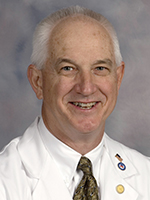 McGuire
McGuire“We've become a society of flexion,” said Dr. Robert McGuire, professor of orthopaedic surgery at the University of Mississippi School of Medicine and spine specialist. “We have a tendency to bend ourselves forward with either the keyboard or the tablet in the hand.”
Staying for long periods of time in the head-forward, shoulders-rounded position tires the muscles in the neck and upper back, and muscle fatigue can cause pain. Fatigued muscles become weak muscles, allowing one’s posture to worsen.
McGuire said sitting with correct posture helps muscles that allow the body to flex (bend forward) and extend (sit up straight) to be balanced.
Digital media use is growing. More and more people – including children – are using smartphones and other electronic devices for longer periods of time. What can be done to correct the poor posture and the discomfort that comes with it?
 Fletcher
FletcherCurrie Fletcher, a physical therapist at the University Physicians Pavilion, suggests four simple exercises that can help strengthen muscles weakened by “tech neck” and polish misshapen posture. They require no special equipment, and most can be done while sitting or standing.
“If you are having problems with your neck, take a break and think about your posture,” Fletcher said. “You want to keep your spine neutral during each of the exercises.”
A neutral spine positions the head over the pelvis with the natural curve in the neck and lower back. She said this position provides the most support.
Shoulder blade squeezes
With elbows bent at the waist, move the shoulders back, squeezing together the shoulder blades. Hold for two seconds, then release back to the neutral spine position. Repeat for 20.
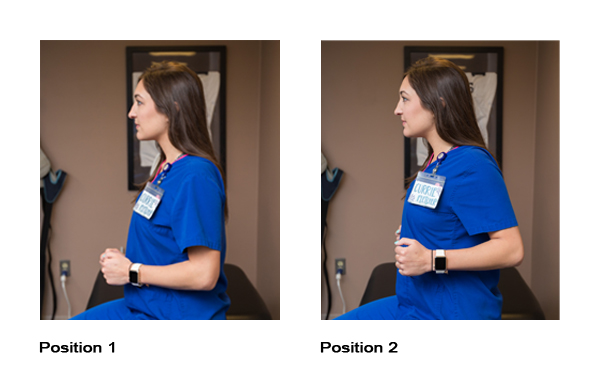
Chin tucks
Sitting or standing in a neutral spine position, push the chin back (not down), holding for two seconds. Release to neutral spine position. Repeat for 20.
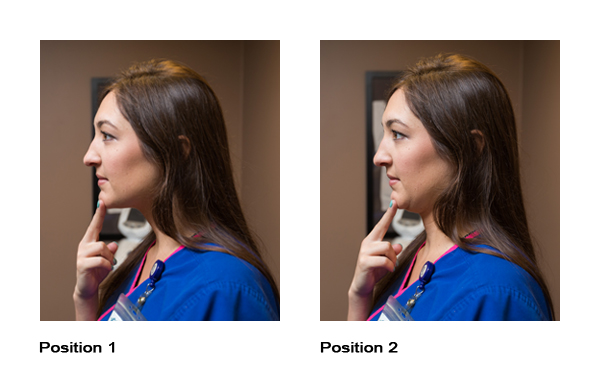
Shoulder rolls
Sitting or standing with a neutral spine, lift the shoulders up. While lifted, push the shoulders back and then drop them down. Repeat the up, back and down movement for 20.
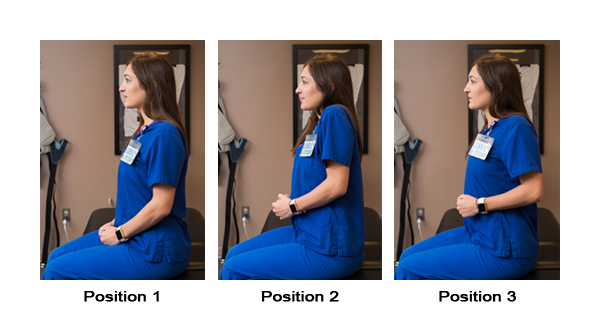
Doorway stretch
This exercise is a stretch that can be done in a doorway or corner. Place hands about shoulder height on either side of a doorway or corner. Lean forward and hold the stretch for 15 seconds. Repeat for four.
“Looking down with your shoulders rounded forward causes the muscles across the chest to tighten up,” Fletcher said. “It’s important to stretch them back out. If you feel a little shoulder pain, lower the position of your hands in the corner or doorway.”
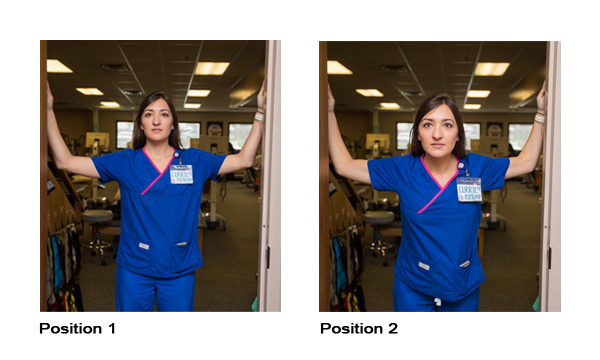
Fletcher recommends anyone who sits at a workstation or spends time on digital devices perform these four exercises once or twice a day and increase repetitions as muscles become stronger.
McGuire said the exercises also are important to combat age-related muscle loss that can effect posture. He suggests if a person’s job requires him or her to be at a computer, to make sure the screen – whether desktop, laptop or handheld – is at eye level. Vary the position every 30 to 45 minutes to minimize fatigue.
If an individual is experiencing numbness or weakness in the hands along with the neck pain, it is possible the pain is due to a nerve condition rather than to muscular issues. He or she should talk with his or her doctor about a referral for orthopaedic care at UMMC.